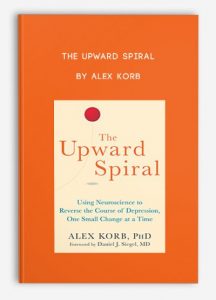 The Upward Spiral by Alex Korb
The Upward Spiral by Alex Korb
**More information:
Sale Page
Archive Page
Get The Upward Spiral by Alex Korb at
Description
Early in my career, I recognized a disconnect between neuroscience research and popular treatment strategies. While depression and anxiety are clearly rooted in altered brain function, most clinicians were not taught about specific neural circuits and neurotransmitters that contribute to these disorders. As a result, treating mood and anxiety disorders were often incomplete – many solutions uncovered by research were overlooked and strategies relied heavily on medication without any changes in a client’s action, activity and environment. There had to be a better way to treat these clients and improve outcomes!
Today, I know that using proven cognitive-behavioral interventions like Acceptance and Commitment Therapy (ACT), Mindfulness-Based Cognitive Therapy (MBCT), and Behavioral Activation Therapy (BAT) in conjunction with exercise, social support and positive habits yields powerful therapeutic effects. Expanding your tool kit of brain-based interventions allows you to accommodate your clients’ different challenges. And, when your clients understand that what feels “wrong” is actually the activity and chemistry of particular brain circuits, it improves treatment buy in and compliance.
Join me for this must watch conference and I will show you how to put the power of neuroscience to work for you and your clients:
- Utilize brain-based cognitive therapies like ACT, MBCT, and BAT for mood and anxiety disorders
- Apply new techniques informed by the latest neuroscience research to improve treatment outcomes
- Discover how simple interventions modulate the activity and chemistry of key brain regions
- Learn how to teach clients about their brain
Are you ready to expand your treatment tool box with the latest in neuroscience techniques?
Let me help you take your practice to the next level. Your satisfaction is guaranteed.
Dr. Alex Korb
Understand the Key Brain Regions and Chemicals Involved
- Prefrontal cortex, limbic system, striatum
- Neurotransmitters: serotonin, dopamine, norepinephrine, oxytocin, etc.
- How it all fits together
Apply Key Principles from Proven Cognitive-Behavioral Interventions
- Behavioral Activation Therapy (BAT)
- Acceptance and Commitment Therapy (ACT)
- Mindfulness-Based Cognitive Therapy (MBCT)
Utilize the Benefits of Exercise
- Benefits on serotonin and dopamine systems, as well as stress reductions
- Intensity and frequency of exercise required
- How simply being outdoors can help
Minding the Amygdala: Mindful Awareness of Emotions
- Labeling feelings to reduce amygdala activity
- Making the most of ACT to reduce stress
Set Goals, Make Decisions, and Top-Down Regulation of Brain Activity
- The impact of goal-setting on lower-level processing
- Choice, decisions and happiness
- The importance of intention and voluntary choices
- Simple strategies for applying BAT
Low-Tech Biofeedback: Using the Body’s Signals to Heal the Brain
- The mind-body connection, meditation and MBCT
- Understanding heart-rate variability
- The power of breathing
- How postural changes, muscle tension and facial expressions can affect mood
How the Brain Encodes Habits and How to Change Them
- The distinction between impulses and routines
- Cognitive and emotional habits
- The relationship between habits and stress
- Cognitive-behavioral approaches to changing habits
Social Solutions
- The impact of social support on the brain’s stress response
- The power of physical touch
- Why social interactions are rewarding
- How social support can improve the efficacy of medication
The Power of Gratitude
- The impact of gratitude on key neural circuits
- How to operationalize gratitude in order to implement it in daily life
Make the Most of Sleep
- How sleep affects mood
- Key changes in sleep hygiene that improve sleep quality
More information about Medical:
Medicine is the science and practice of establishing the diagnosis, prognosis, treatment, and prevention of disease.
Medicine encompasses a variety of health care practices evolved to maintain and restore health by the prevention and treatment of illness.
Contemporary medicine applies biomedical sciences, biomedical research, genetics, and medical technology to diagnose, treat, and prevent injury and disease,
typically through pharmaceuticals or surgery, but also through therapies as diverse as psychotherapy, external splints and traction, medical devices, biologics, and ionizing radiation, amongst others.
Medicine has been around for thousands of years, during most of which it was an art (an area of skill and knowledge) frequently having connections to the religious and
philosophical beliefs of local culture. For example, a medicine man would apply herbs and say prayers for healing, or an ancient philosopher and physician would apply bloodletting according to the theories of humorism.
In recent centuries, since the advent of modern science, most medicine has become a combination of art and science (both basic and applied, under the umbrella of medical science).
While stitching technique for sutures is an art learned through practice, the knowledge of what happens at the cellular and molecular level in the tissues being stitched arises through science.


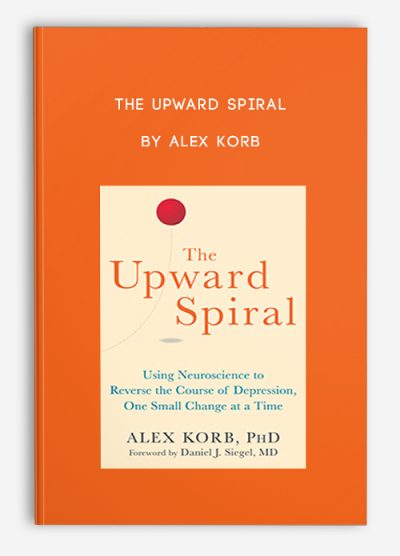


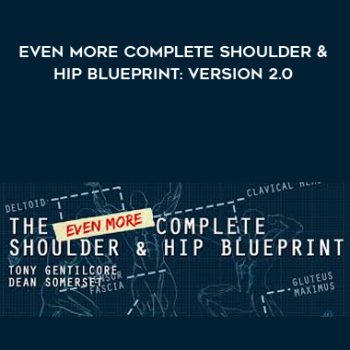
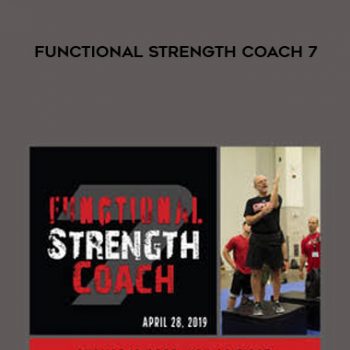
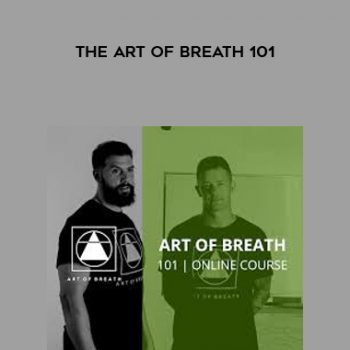
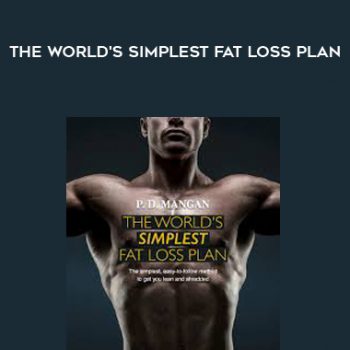



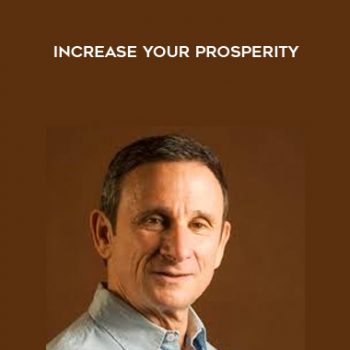
tristian –
This is Digital Download service, the course is available at Coursecui.com and Email download delivery.